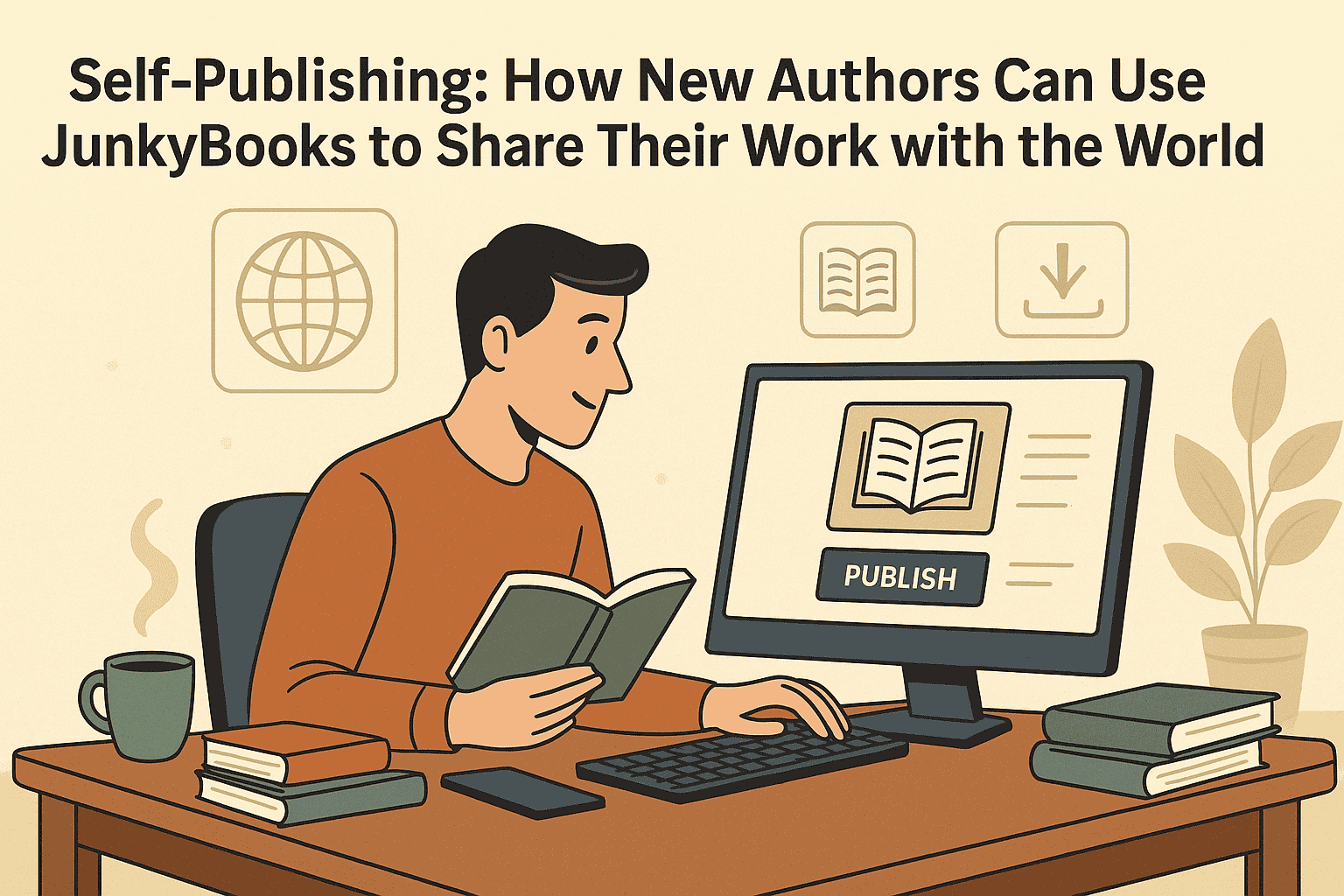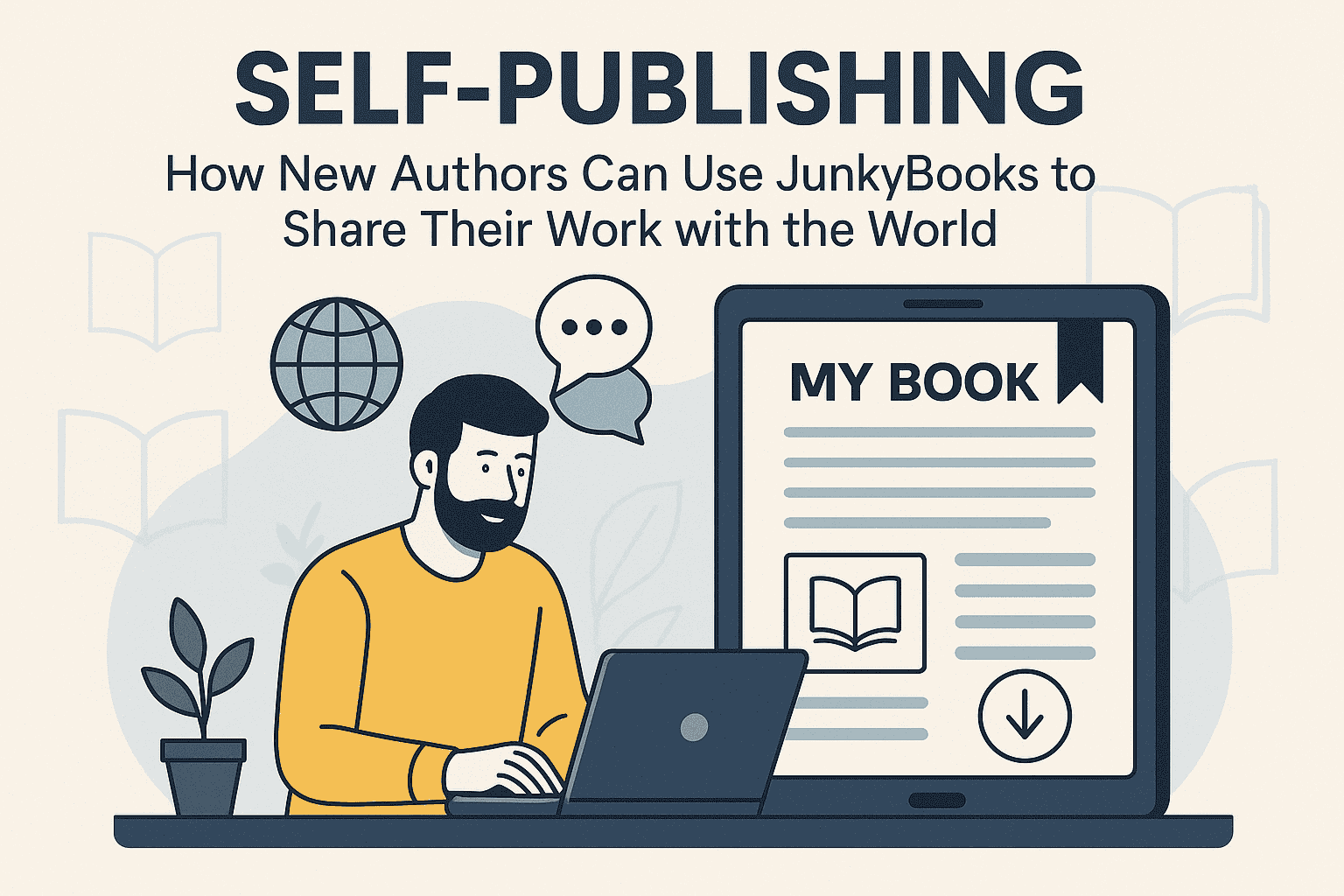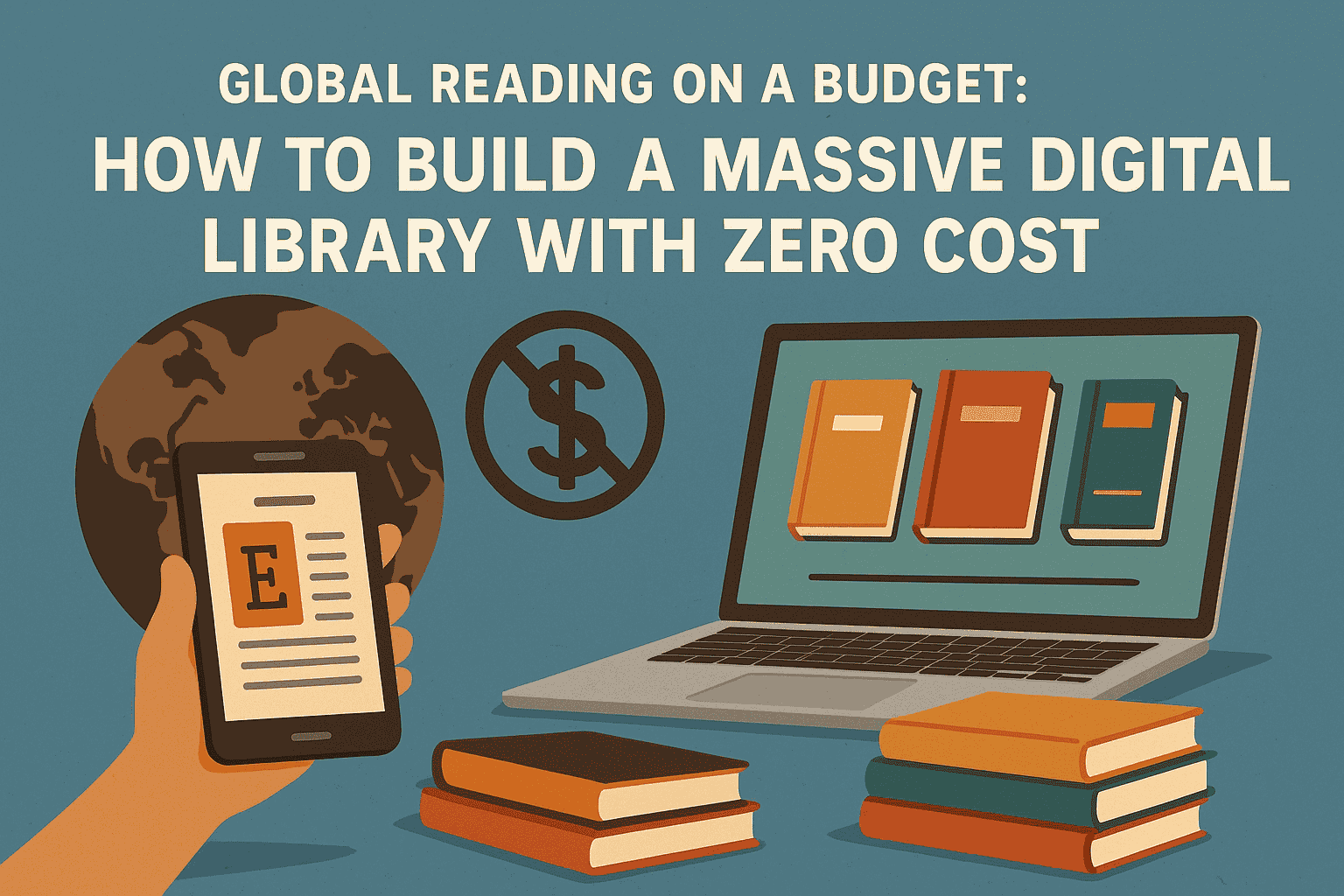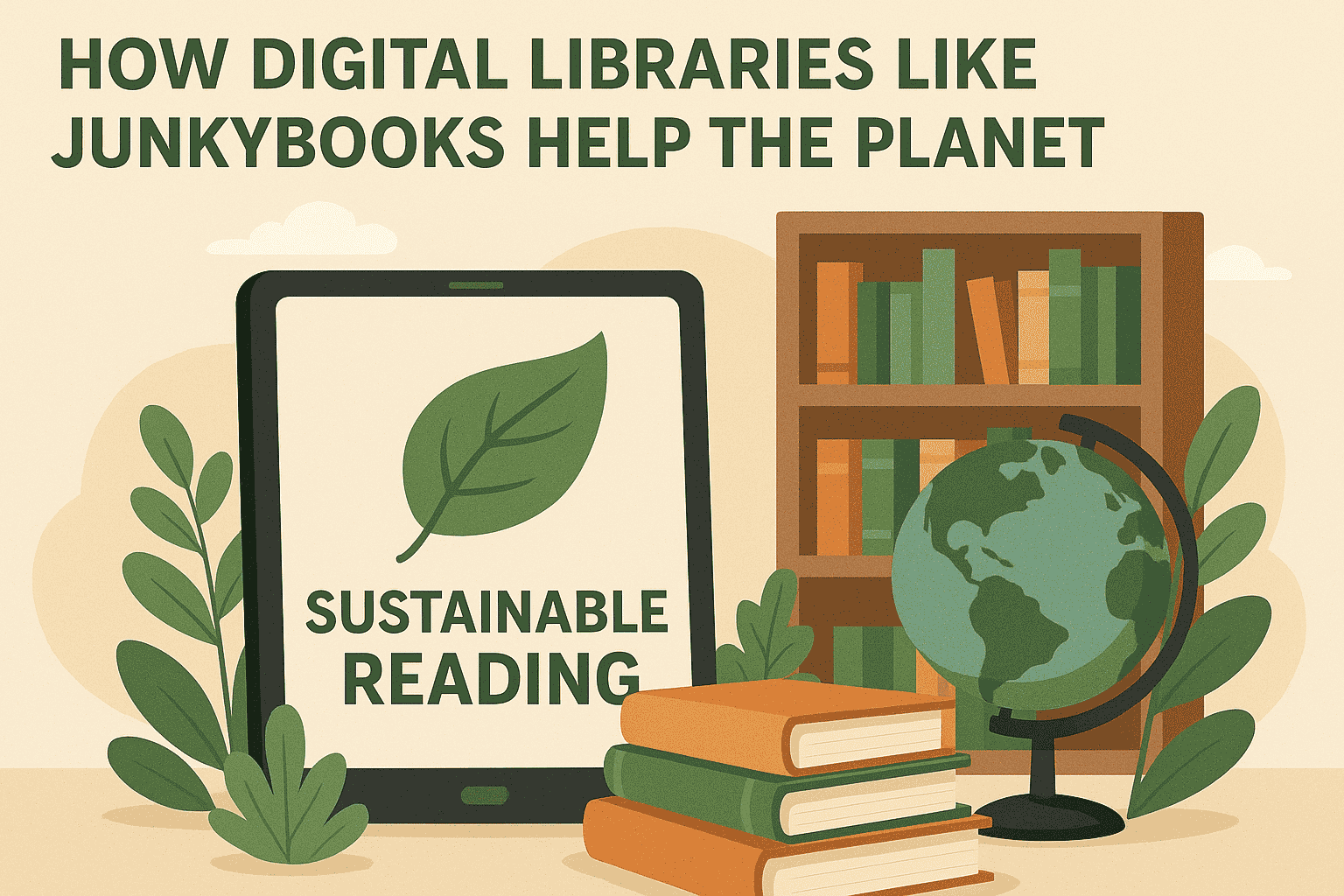How to Prepare a Winning Book Proposal or Query Letter
Publishing your book traditionally starts with a pitch. Whether you’re reaching out to a literary agent or a publisher, the first impression you make is not with your manuscript—it’s with your book proposal (for nonfiction) or query letter (typically for fiction).
Both tools serve the same purpose: to convince someone in the publishing industry that your book is worth reading and investing in. And since editors and agents receive hundreds of submissions weekly, your pitch must stand out.
In this post, we’ll walk you through how to prepare a professional and compelling book proposal or query letter—and when to use each.
Query Letter vs. Book Proposal: What’s the Difference?
Understanding the difference is key:
-
Query Letter: A brief, one-page letter used primarily for fiction submissions. It introduces your book and you as the author.
-
Book Proposal: A detailed document used for nonfiction that outlines the book’s concept, marketability, structure, and why you’re qualified to write it.
Part 1: How to Write a Winning Query Letter (For Fiction and Memoir)
A query letter is usually a single page, typically between 250–400 words. It should be professional, concise, and engaging.
Structure of a Query Letter:
1. Hook or Opening Line
Your first sentence must grab attention. This could be:
-
A compelling one-sentence pitch
-
A dramatic line from the story
-
A brief, catchy logline
Example:
“In a city where emotions are illegal, a grieving teenager discovers the key to the rebellion may be buried in her own memories.”
2. Short Synopsis of the Book
Think of this as your book’s elevator pitch:
-
Highlight the main character, setting, and conflict
-
Give a sense of tone and stakes
-
Do not include spoilers or the ending
-
Keep it 1–2 short paragraphs
Example:
Seventeen-year-old Mira doesn’t know how to cry. In the emotionless metropolis of Vanta, tears are outlawed, and surveillance is absolute. But when Mira finds an old journal hidden beneath her brother’s floorboards, everything changes. Suddenly, emotions are resurfacing—and so is the truth about what happened to her family.
3. Book Details
Include:
-
Title (italicized or all caps)
-
Genre and target audience
-
Word count (rounded to nearest thousand)
-
Completion status
Example:
“Beneath the Silence” is a YA dystopian novel complete at 78,000 words, aimed at readers of Veronica Roth and Marie Lu.
4. Author Bio
Highlight relevant experience, such as:
-
Writing credentials or awards
-
Previous publications
-
Professional background related to the subject
-
If you’re a debut author, that’s okay—say so confidently
Example:
I’m a debut author and middle school teacher with a passion for storytelling that challenges the norm. My short fiction has appeared in two online magazines.
5. Closing
Be polite and professional. Thank the agent or editor for their time and consideration.
Example:
Thank you for considering my submission. I’d be happy to send the full manuscript upon request.
Tips for a Successful Query Letter:
-
Personalize it: Mention why you’re querying that specific agent or publisher.
-
Follow submission guidelines exactly.
-
Avoid gimmicks or overly casual tone.
-
Proofread carefully—no typos.
-
Do not include attachments unless requested.
Part 2: How to Prepare a Winning Book Proposal (For Nonfiction)
If you're writing nonfiction—such as self-help, memoir, business, health, or educational content—agents and publishers expect a book proposal rather than a full manuscript (except for memoirs, which are often treated like fiction).
A strong book proposal shows that your book has a clear concept, market potential, and that you’re the right person to write it.
What Goes Into a Book Proposal?
A standard nonfiction proposal is typically 10–30 pages and includes the following elements:
1. Title Page
Include:
-
Book title and subtitle
-
Author’s name
-
Contact information
-
Word count (estimated or actual)
-
Genre/category
2. Overview
A 1–2 page pitch that explains:
-
What the book is about
-
Why it matters now
-
What makes it unique
Write this like back-cover copy—it should sell the concept quickly and powerfully.
3. Target Audience
Define:
-
Who the book is for
-
Age range, interests, industry, or niche
-
Why they need this book
-
What problem it solves or desire it fulfills
4. Market Analysis
Show awareness of the competition:
-
List 3–5 comparable books (published in the last 5 years)
-
State how your book is similar, and what sets it apart
-
Avoid claiming there’s “nothing like it”—publishers want proof of market demand
5. Author Bio / Platform
This is where you showcase your credentials and audience reach:
-
Professional background or expertise
-
Speaking engagements, workshops, or interviews
-
Website traffic, mailing list size, podcast, or social media following
-
Previous publications, media coverage, or awards
Publishers want authors who can help sell the book—so highlight your platform.
6. Marketing and Promotion Plan
List specific, actionable steps you’ll take to promote your book, such as:
-
Media appearances
-
Guest blogging or podcast interviews
-
Email campaigns
-
Book tours, webinars, or launch events
-
Endorsements from influencers or experts
Even traditional publishers want to see that you’ll be an active marketing partner.
7. Chapter Outline
Provide a chapter-by-chapter breakdown of the book. Include:
-
Chapter titles
-
A few sentences summarizing what each chapter covers
This helps publishers understand the book’s structure and progression.
8. Sample Chapters
Include 1–3 fully written chapters (usually from early in the book). These should be polished, engaging, and representative of your tone and style.
Tips for Writing a Great Book Proposal:
-
Use a clean, professional layout.
-
Be concise, yet thorough—cut fluff, keep it relevant.
-
Tailor your proposal to the publisher or agent’s specific submission guidelines.
-
Demonstrate both content expertise and market knowledge.
-
Proofread and polish—errors signal lack of professionalism.
When to Submit a Query Letter vs a Proposal
| Book Type | Submit a Query Letter | Submit a Book Proposal |
|---|---|---|
| Fiction | ✅ | ❌ (except for synopsis/sample chapters) |
| Memoir | ✅ | ✅ (some agents treat it like nonfiction) |
| Nonfiction (e.g., self-help, business) | ❌ | ✅ |
Common Mistakes to Avoid
-
Sending a generic query to multiple agents without personalization
-
Overselling or exaggerating ("This will be the next Harry Potter")
-
Skipping platform development for nonfiction
-
Submitting before the work is ready
-
Failing to follow submission guidelines
Final Thoughts
Crafting a winning book proposal or query letter is about professionalism, clarity, and strategy. Your writing may be strong, but it needs the right packaging to get noticed in a crowded industry.
Think of these tools as your first interview. You have a short window to impress, so lead with your strongest material, demonstrate your market understanding, and show why your book—and you—are worth publishing.






